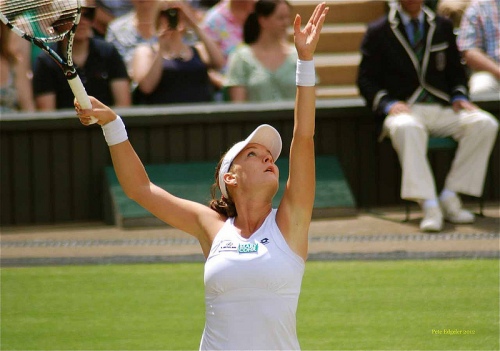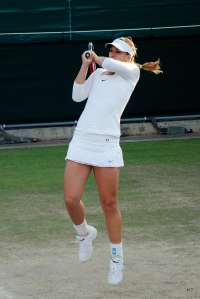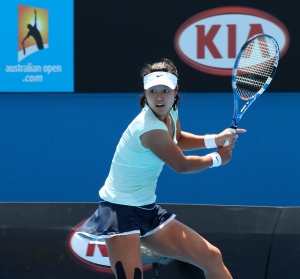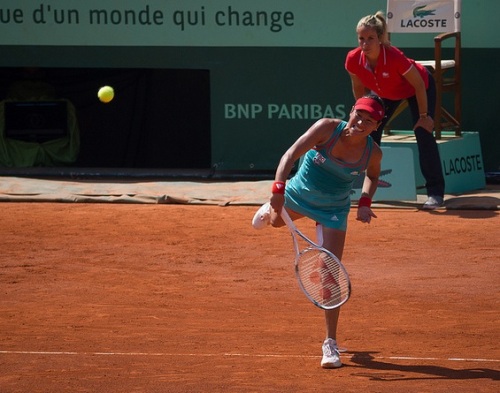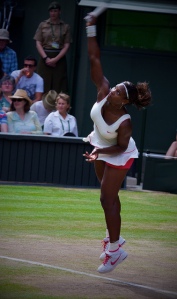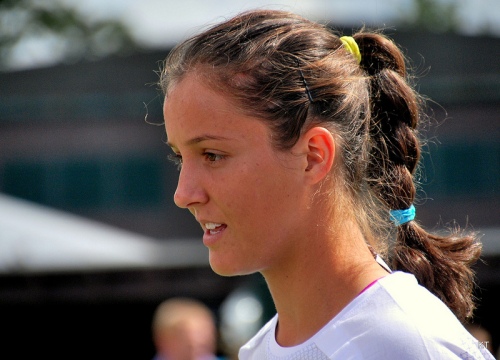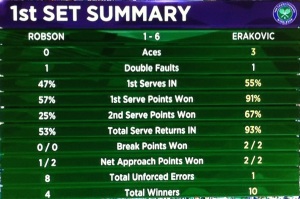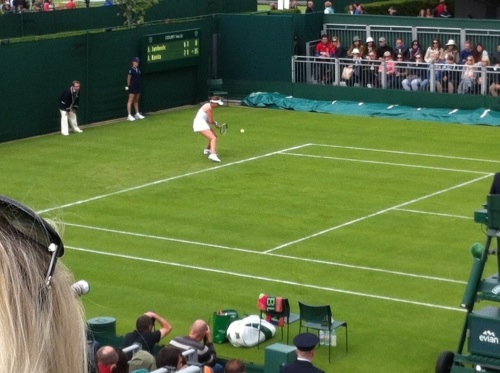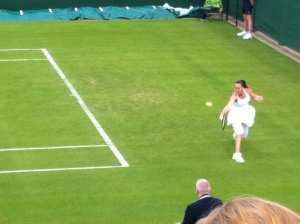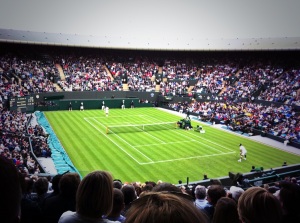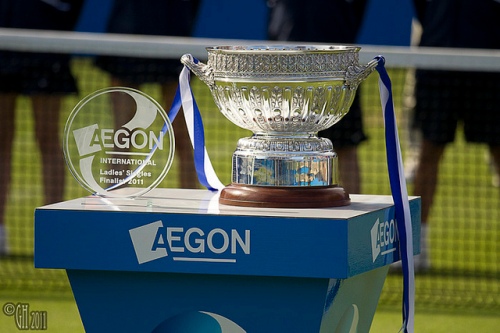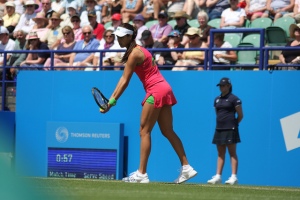Wimbledon boasts two stellar semi-final matches in the women’s draw this summer despite the lack of apparent ‘big’ names Serena Williams, Maria Sharapova and Victoria Azarenka.
The big three all fell before the quarters even though they were tipped for major success this July and have been replaced by lesser-known yet by no means less deserving talent. Their absence should not take away the magnificent achievement of these four semi finalists, all of who are big players in the WTA but sadly lack the profile their Grand Slam competitors receive.
Agnieszka Radwanska is up against Sabine Lisicki on Thursday while Marion Bartoli makes the Wimbledon last four for a second time against Kirsten Flipkens, who has impressed the most this fortnight.
It has been voiced on forums and social networks that a lack of the big three has taken away some gloss in the women’s draw. Just like the men’s side, where Rafael Nadal and Roger Federer fell early, armchair fans voiced their displeasure of seeing the top seeds crash out so soon.
Unfortunately, this view is never going to leave tennis as fans forget it’s a sport you win on merit and instead expect the players they’ve actually heard of to progress to the finals stages. Often lower seeds are disregarded as underserving opponents and when they win it’s the ranking system to blame.
Not so. The rankings are rarely a true reflection of who is going to beat who as they are taken from results spread over such a long period of time. Different surfaces also produce different champions, which is maybe why Radwanska gets further at Wimbledon than any other slam.
Unknown profiles
Lisicki is a great example of a player who deserves more profile in the women’s game but barely receives it. Her victory over Serena Williams was a shock but we shouldn’t be surprised to see this 23rd-seed in the semis. Lisicki made the Wimbledon quarters last year before falling to Angelique Kerber and the semis in 2011. She is a grass expert and certain to reach a Wimbledon final one day – maybe even this year.
Don’t let Lisicki’s seed, or indeed Bartoli’s or Flipkens’ at that matter, fool you; she is far better than 23rd in the world on this surface. In 2012 she was 15th seed and on the up but slumped after the grass season and suffered disappointing first-round defeats at the US Open, Linz and Luxembourg.
The same can be said of Bartoli, who has struggled this season yet always poses a threat on her side of the draw, and Radwanska, who either performs or flops in tournaments.
The lesser talents on the WTA don’t get the credit they deserve and that’s mainly because the broad sporting media – via whom we fans get all our news – focus on the big three. Occasionally they’ll do a feature on Petra Kvitova or interview Caroline Wozniacki but bar Serena, Sharapova and Azarenka the representation of women’s tennis in our newspapers outside a Grand Slam is staggeringly bare.
Granted, the big three deserve as much attention as they can get. Tennis is a short career and you’ve got to make the most of it. Li Na rivals this trio as her 2011 French Open victory saw her become a household name in China overnight, but these sorts of successes are few and far between.
A lot of the big three’s success is down to their off-court presence as well as sporting prowess. Because the lower ranks go about as near unknowns, they’re not signed to huge sponsorship deals and the media don’t pry into their private lives.
The women suffer from bad media representation
On the first Monday of these Championships the British newspapers all led with a women’s tennis story about the relationship between Serena Williams and Maria Sharapova. One had said something about the other’s boyfriend; the other replied frostily and the media staged their verbal showdown. There were double-page spreads on this chitter chatter and only by the close of each article was tennis actually discussed – “oh, by the way, they’re playing some sport this week.”
The top players – Serena, Sharapova and increasingly Azarenka – court far too much attention that goes way beyond their talent. Is it really in the interests of the sport that we know Sharapova is dating (I hate that word) Grigor Dimitrov from the men’s tour? How disappointing is it that Azarenka is known as much for her Australian Open victories as her relationship with LMFAO’s Redfoo.
Yes, these controversial players are great for the profile of the game as they raise the bar and prove just how sporting and commercially successful female athletes can be, yet that attention has come at the sacrifice of the rest.
Most armchair fans would struggle to name 10 players on the WTA circuit without asking “is Kim Clijsters still around?” I’d be one of them two years ago – not because I didn’t choose to follow the women’s game but, when I did and do read something about female players, the media focus on off-court stories instead of what’s happening on it.
This Wimbledon has given those players who advance in tournaments but rarely earn the major victories a chance to prove themselves to an otherwise ignorant public and media. It’s not even our fault; few of us would be able to name the England women’s football XI and that’s partially down to a lack of representation.
When the Wimbledon circus leaves us for another year two of this quartet will be forgotten almost instantly. Can anyone remember who played who in the semis last season? It’s all good and well the media focussing on tennis for this two-week period but if the women’s game is ever to earn the profile it deserves we need column inches dedicated to the sport every week.
If you hear anyone moan about the standard of Wimbledon this year just show them a replay of Radwanska v Li from Monday afternoon. Their chess-like quarterfinal was exactly the sort of on-court quality you can expect on the WTA but rarely do we hear of it when the Serena, Azarenka or Sharapova parades march into town.
Photo: Pete Edgeler, flickr

